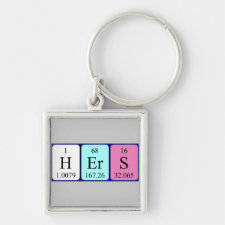
Authors: Li JM, Zhou YQ, Sun Z, Cai TP, Wang XX, Zhao SW, Liu HC, Gong BL
Article Title: Restricted access media-imprinted nanomaterials based on a metal-organic framework for highly selective extraction of fluoroquinolones in milk and river water.
Publication date: 2020
Journal: Journal of Chromatography A
Volume: 1626
Article Number: 461364.
DOI: 10.1016/j.chroma.2020.461364
Alternative URL: https://www.sciencedirect.com/science/article/pii/S0021967320306415
Abstract: A new type of restricted access media-imprinted nanomaterials (RAM-MIPs) were successfully prepared on the surface of metal-organic framework by reversible addition fragmentation chain transfer polymerization technology. Then it was applied as a dispersed solid phase extraction (DSPE) material in analysis of fluoroquinolones (ofloxacin, pefloxacin, norfloxacin, enrofloxacin and gatifloxacin) in untreated milk and river water by HPLC-UV detection. The resulted material has a good binding amounts (60.81 mg g-1), rapid binding kinetic (15 min) and satisfactory selectivity as well as has a good ability to eliminate matrix interference. Several major factors affecting DSPE efficiency, pH of sample solution, dosage of RAM-MIPs, adsorption time and volume ratios of elution solvent were primarily optimized. In optimization conditions, RAM-MIPs-DSPE was combined with HPLC-UV to enrich fluoroquinolones in untreated milk and river water, achieving satisfactory linear correlation (R2 > 0.9988), good limits of detection (LOD, 1.02-3.15 μg L-1 for milk and 0.93-2.87 μg L-1 for river water) and better recoveries (80.7-103.5% and 85.1-105.9% with relative standard deviation (RSD) of not higher than 5.3% and 4.7% for milk and river water samples, respectively). The research results illustrate that it provides a simple and efficient method for the direct detection of FQs in complex samples
Template and target information: fluoroquinolines, ofloxacin, pefloxacin, norfloxacin, enrofloxacin, gatifloxacin
Author keywords: Metal-organic framework, Restricted access media-molecularly imprinted nanomaterials, Fluoroquinolones, HPLC-UV, milk, river water



Join the Society for Molecular Imprinting

New items RSS feed
Sign-up for e-mail updates:
Choose between receiving an occasional newsletter or more frequent e-mail alerts.
Click here to go to the sign-up page.
Is your name elemental or peptidic? Enter your name and find out by clicking either of the buttons below!
Other products you may like:
 MIPdatabase
MIPdatabase









